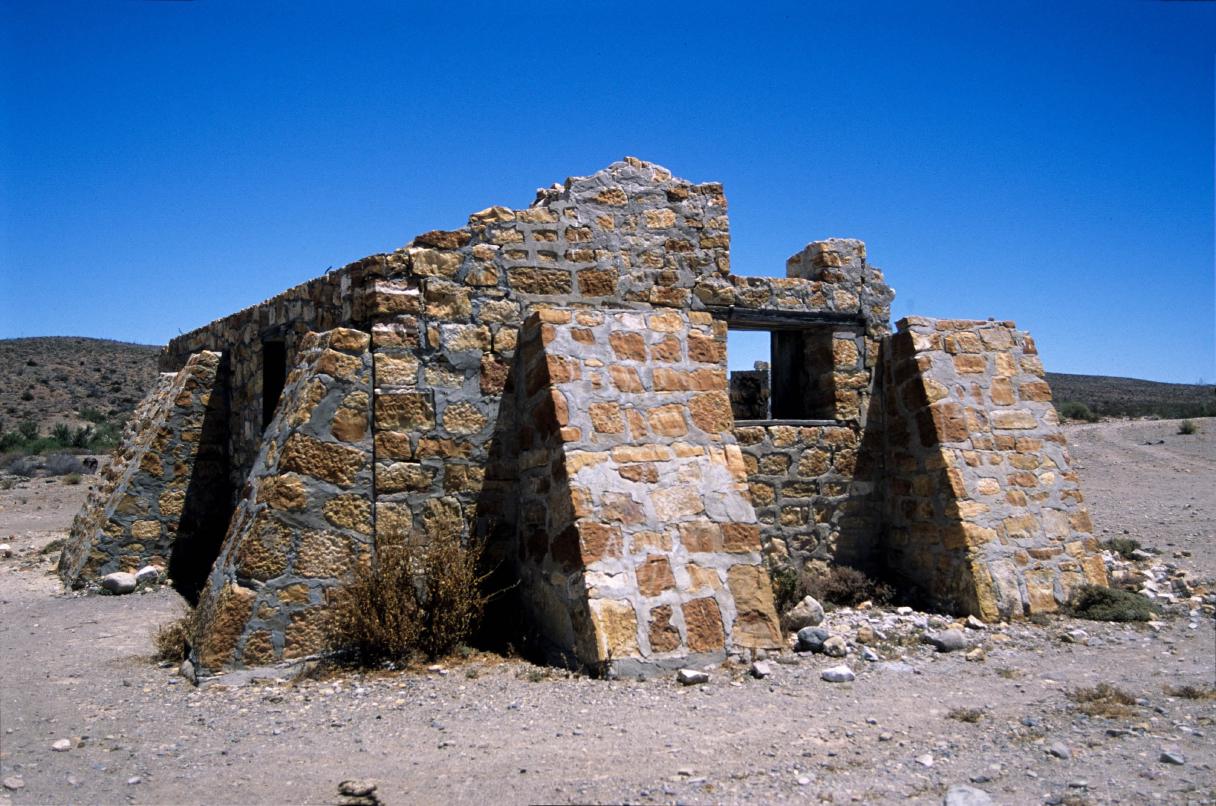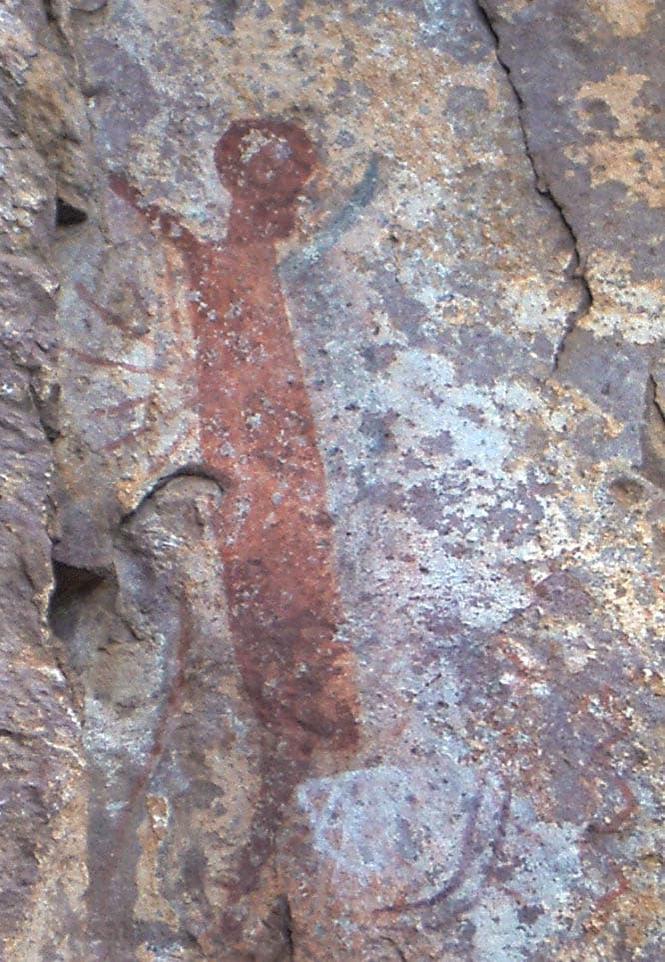Local History
Early History
The history of man in Baja California is enigmatic. Unfortunately, as a result of aggregation around mission settlements and introduction of epidemic diseases for which the indigenous population had no immunity, under the mission system, virtually the entire destruction of the native population of Baja took place slightly more than 100 years after they were first met by missionaries. What little we know about indigeous tribes living on the peninsula, comes from accounts written shortly after western contact in the early 1700's. These reports and letters describe a generally bleak situation of native people living a nomadic life wandering from place to place in an almost dire search for food, water and shelter. The accounts contrast with simple logic and with that little hard evidence of these people that remains today. The certain reality is that in order to survive, and thrive throughout Baja California, indigenous people must have possessed intimate knowledge of the desert; it’s fauna, flora and geography. An abundance of worked stone found throughout the peninsula, large, artistic and prolific paintings on rock faces and cave walls and records of inscribed wood tablas which most likely were used for ceremonial purposes point to an evolved culture we can only just imagine.
The mission accounts of early Baja are well documented in numerous 20th century summaries. Three well-written accounts are contained in the following:
- Homer Aschman, The Central Desert of Baja California: Demography and Ecology.
- Vernon, Las Misiones Antiguas.
- Crosby, The king’s Highway in Baja California.

COCHIMI NATIVES OF THE CENTRAL DESERT
Of the eight or so Indian tribes living on the Baja peninsula at the time of contact, the Cochimi were the most populous and occupied the largest amount of land. The Cochimi territory extended from near Loreto in the south to San Quintin in the north. The last of the Cochimi native to the Central Desert died at least 200 years ago. Little is known about their customs and culture before arrival of the missions. What little we do know comes from a few remaining artifacts, reports at the time of their contact and what little we are able to infer from reports of nearby tribes of Paipai, and Kiliwa who lived just to the north.
The Paipai and Kiliwa were less affected by the advances of Franciscans and Dominicans due to pressure from Spain to by pass them and move on to colonize Upper California. One tribe of Paipai survives to this day just east of Ensenada, a few Kiliwa can be found even further east.
ROCK PAINTINGS IN BAJA CALIFORNIA
In 1975, Harry Crosby, following on earlier reports by Earl Stanley Gardner in the 1950’s, completed and illustrated an exhaustive account of the cave paintings of Baja California. Except for hardened ranchers living in the remoteness of Central Baja and several academic scholars few people knew of the existence of such magnificent paintings. Harry Crosby, with help from the ranch families and Enrique Hambleton, spent the better part of 15 years hiking to remote areas in order to document and study these incredible relics. Oddly his studies raise as many questions as they answer, for little is known about the people who made the paintings. Radio carbon dating of paint fragments puts the age of some of these paintings at nearly 5,000 years ago. Textile fragments from other sites date to 3,000 years ago.
Rock paintings are common in the Central Desert Region of Baja California, all fall under laws for their protection and reservation.

MODERN PIONEERS
In the early 1800’s, within a generation or so after nearly all Cochimi died out, the Central Desert missions were abandoned, ranching became the new way of life in Baja. The ranches were stocked with cattle and situated near spring water sources in areas near the former missions. By the 1950’s there were perhaps 60 or so ranches in the Central Desert. The earliest ranches were started by descendants of the Spanish soldier, Jose Rosa Villaviciecios in areas near Guadalupe. Today, many residents of the Central Desert bear the familiar names of the original ranch families. Villviciencio, Arce, Murillo in the south and further north, Castro, Ceseña, Talamante, Higuera, Mesa, Ruiz, Mendoza, Vedugo, Cota, Aquilar, Toba, Alvarez, Zuñiga, Mejîa and Romero, most are still ranching today. After Gold was discovered at San Rafael near Ensenada in the mid 1800’s there was an influx of people from the north. Later, fishermen and their families from Sinoloa and Sonora migrated to Baja. Over time, some continued fishing, others found work in the various mining enterprises, primarily the copper mine of the Boleo company near Santa Rosalia. In the 1940’s, fishing for sharks for their livers became the first fisheries boom business. Similar bursts of fishing activity for all sorts of sea life has taken place on both the Pacific and Gulf coasts with rapid development and collapse as stocks are depleted by over fishing mostly as a result of an influx of more fishermen. Today, free range cattle in the central desert have a negative impact on local flora similar to areas that are over fished.. The fragile endemic desert flora is severaly damaged in all areas with cattle. Still, large parts of the Central Desert today is not that much different from hundreds of years ago, it seems to be protected in part by its wildness and scarcity of water.

